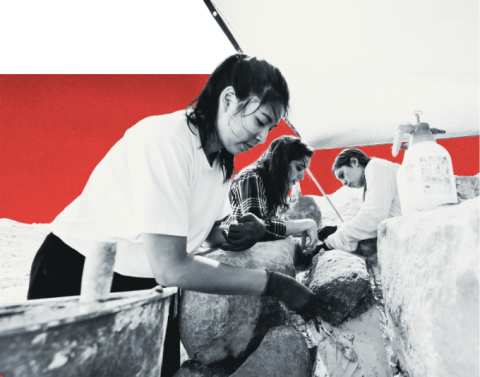The College of Arts and Sciences offers a multidimensional, multidisciplinary liberal arts education encompassing academics and research. You have opportunities to work in world class laboratories, as well as learn from creative artists in smaller educational environments. A listing of majors and minors in departments and programs follows. All interdisciplinary programs are supported by the Office of Interdisciplinary Programs.






